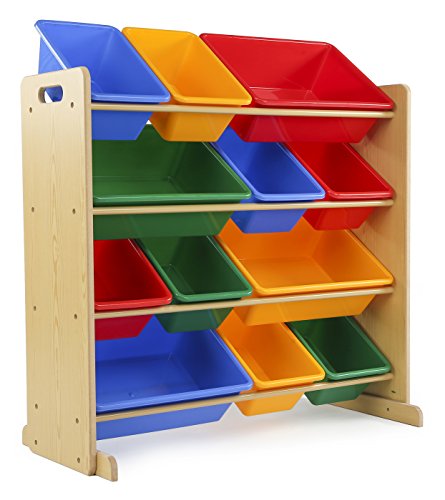The Wonder Bar, the name says it all. No there are no buttons for low or high speed, you can’t even plug The Wonder bar tool in, it's just a bar.
I’m
going to tell you how I used my wonder bar over the years for various DIY
projects.
If you’re a do-it-yourself kind of person and like to take on
projects yourself. Most of the time the first thing that you have to do in any
project is the demolition. I can tell you, there is no better tool than the
Wonder Bar to help with demolition.
The First Project with My Wonder Bar Tool:
When we closed on our house, we had some serious work do to.
Working on a budget we decided to take on as much work as we could, on our own in an effort to
save some money. The very first thing we did was tear out all of the old
carpets, in the living room, hallway, and bedrooms.
After rolling up all of the
old carpets and hauling it out to the curb. We had rows and rows of carpet tacks
that were used to secure the padding. And, the tack strips along the
baseboard were nailed in tight.
Our carpet installer told us that they all had
to come out. I bought not one but two Wonder Bars; I couldn’t handle two at a
time so my wife used the other one. We spent a couple of days removing the
tacks, and tack strips, along baseboards, in preparation for our new carpet.
The angled end of the Wonder Bar made short work of the tacks on the floor. Then, we used the flat end for removing the tack strips along the baseboards.
The Second Project for The Wonder Bar Tool:
Removing the deck boards from our outside deck, and prying up the
boards on the old deck was easy using the wonder bar. I’m sorry, I’m using
the word easy because, it was a lot of work, but the Wonder Bar was a huge
help.
The Third Project for The Wonder Bar Tool:
Removing the old tile from the bathroom floor was easy using the
flat end of the bar and a hammer. I can go on and on, as to how many times I
used this tool. But I think you get the idea. If you have some demolition to do in a future project. I recommend the Wonder Bar from Stanley.
Stanley STHT55134 FUBAR Demolition BarCheck the PriceStanley 55-045 7-1/2-inch Wonder Bar Ii Pry BarCheck the PriceStanley 55-525 15-inch Super Wonder Bar Pry Bar, BlackCheck the Price


































